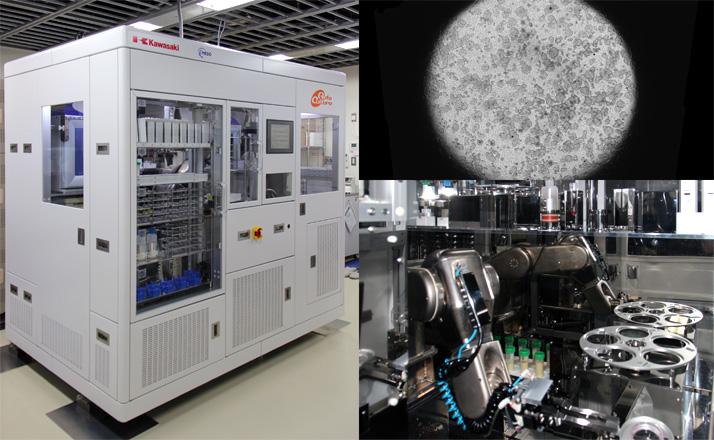Staining Living Human iPS Cells : Regenerative Medicine Technology

Since Dr. Shinya Yamanaka received the Nobel Award in 2012, "iPS cells" have become known all over the world. The discovery of iPS cells has greatly increased the possibilities of regenerative medicine using pluripotent stem cells. At AIST, realization of regenerative medicine using iPS cells has been set as a goal, and progress is being made on developing iPS cell technology including manufacture, automatic culture, quality control and sorting.
Research on regenerative medicine, in which various organ cells are made from iPS cells, is being conducted throughout the world. However, the "tumorigenesis of the remaining undifferentiated iPS cells in the preparation for transplant" has hindered the practical realization of these research results. Technology to efficiently eliminate the remaining undifferentiated iPS cells has been desired.
At AIST, technology to stain living iPS cells without damage as is has been developed. Based on the discovery that a type of lectin (rBC2LCN/AiLecS1) binds only with iPS cells, this lectin was developed as a probe*1 for vital staining of iPS cells. Since it is possible to directly add this probe* to culture medium with almost no toxicity, quality control of iPS cells during extended culture can be carried out easily. This revolutionary technology could also be used to detect and eliminate undifferentiated iPS cells remaining in the cells prepared for transplant during their manufacturing process.
*1: Probe: A substance used as a cue for checking a given substance.